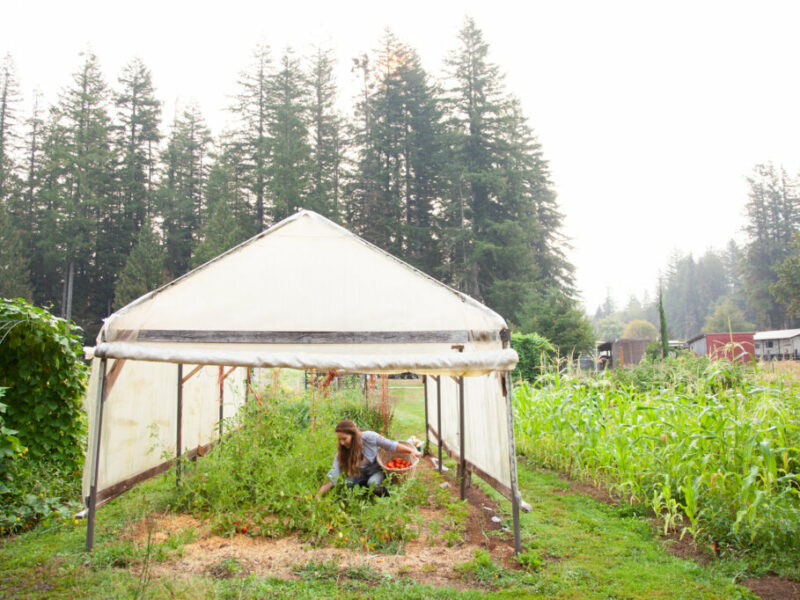How to Prepare a No-Till Garden for Winter
 |
| No till garden |
by John Fisher
As the gardening season comes to a close, it’s important to prepare your no-till garden for the winter months ahead. By taking the right steps now, you can protect your soil, enhance its health, and ensure a strong start when spring arrives. Here’s a simple guide to help you winterize your no-till garden:
1. Leave Plant Roots in Place
One of the key principles of no-till gardening is minimizing soil disturbance. Instead of pulling out your plants, simply cut the stems at the soil line and leave the roots in the ground. These roots will naturally decompose over winter, enriching the soil with organic matter and supporting beneficial soil organisms.
2. Add a Protective Layer of Organic Mulch
Covering your garden beds with a thick layer of organic mulch (about 2-4 inches) is essential for winter protection. Materials like shredded leaves, straw, grass clippings, or compost work well. Mulch helps insulate the soil, retain moisture, and prevent erosion from wind and rain. As it breaks down, it will also add valuable nutrients to the soil.
3. Plant Cover Crops (If Weather Permits)
In milder climates or if there’s still time before the first frost, consider planting cover crops such as clover, rye, or winter wheat. Cover crops provide a protective blanket for the soil, help prevent erosion, and improve soil health by fixing nitrogen and increasing organic matter. In the spring, these crops can be cut down and left as mulch or incorporated into the soil surface.
4. Avoid Soil Disturbance
The no-till method revolves around leaving your soil undisturbed to maintain its structure and ecosystem. Resist the urge to till or turn over your soil in the fall. Instead, let nature work its magic by preserving the integrity of your soil's layers and the organisms within, such as earthworms and beneficial microbes.
5. Remove Diseased Plant Debris
While you want to leave healthy plant roots in place, it’s important to remove any diseased plant material from your garden. Pests and pathogens can overwinter in infected debris, so dispose of these materials to prevent problems in the next growing season.
6. Add Compost to Feed the Soil
Fall is an excellent time to spread a layer of compost over your garden beds. This rich organic material will break down over the winter months, enhancing soil fertility and preparing it for spring planting. Simply spread 1-2 inches of compost on top of your beds, allowing it to mix naturally into the soil.
7. Consider Row Covers or Low Tunnels
If you have any late-season crops or perennials, protecting them from frost is essential. You can use row covers or low tunnels to shield your plants from harsh winter conditions. These structures create a warmer microclimate, allowing you to extend the growing season and give your crops a better chance of survival.
By following these steps, you’ll ensure your no-till garden is protected throughout winter and set up for a healthy, productive spring. With minimal disturbance and careful preparation, your soil will continue to improve year after year, making gardening easier and more rewarding.
Happy gardening! 🌿
References:
Benton, C. (2023, August 25). Everything You Need To Know To Start A No-Till Garden. House Digest. https://www.housedigest.com/1373210/everything-need-to-know-no-till-garden/
Bruhn, M., & Bruhn, M. (2023, October 23). How To Get A No-Dig Garden Ready For Winter. Hobby Farms. https://www.hobbyfarms.com/how-to-ready-a-no-dig-garden-for-the-winter-season/
Kate. (2023, November 1). No Till Gardening For A Low-Maintenance Garden. Modern Harvest. https://modernharvest.ca/no-till-gardening/
Article written with the help of AI.


